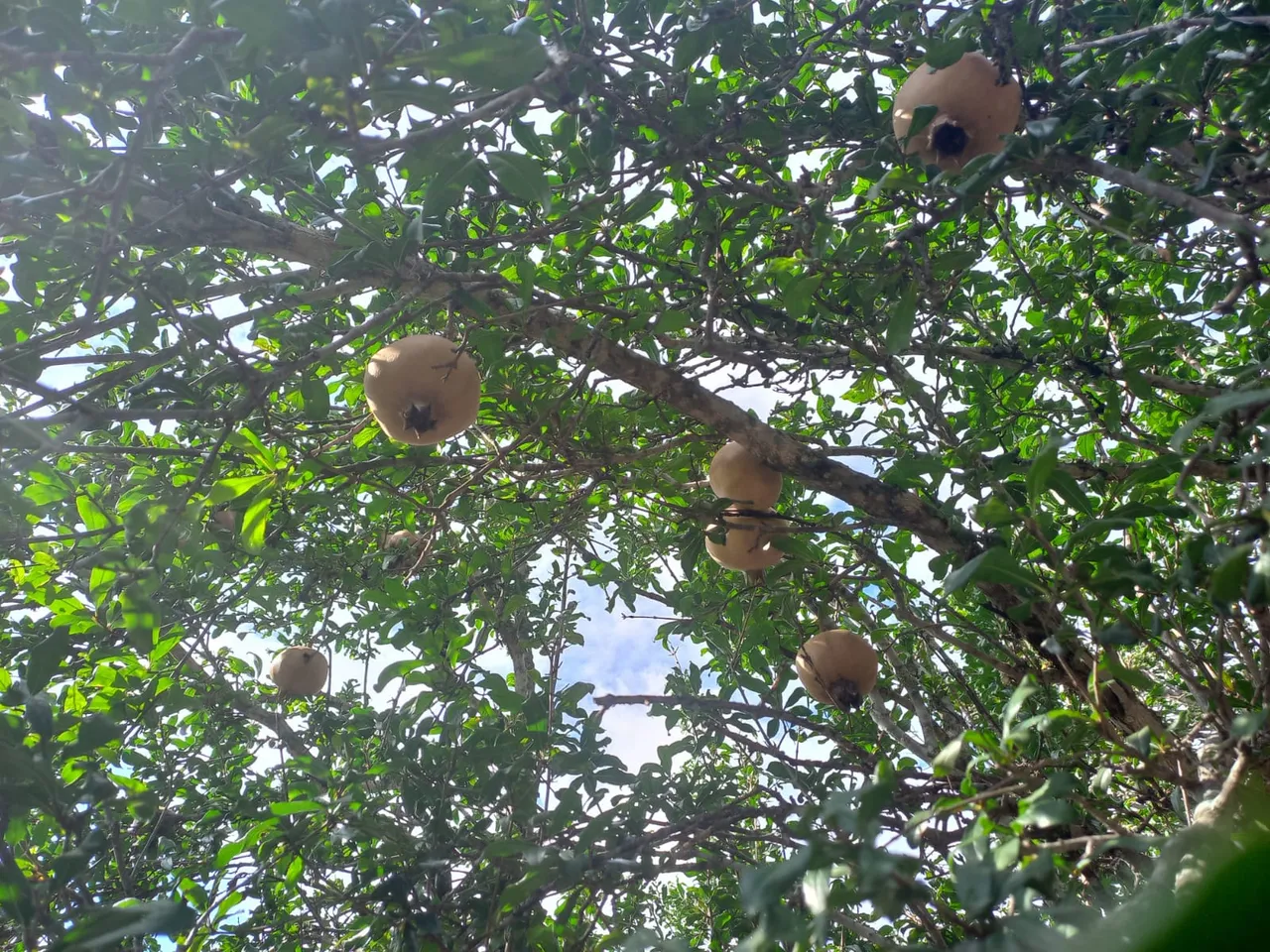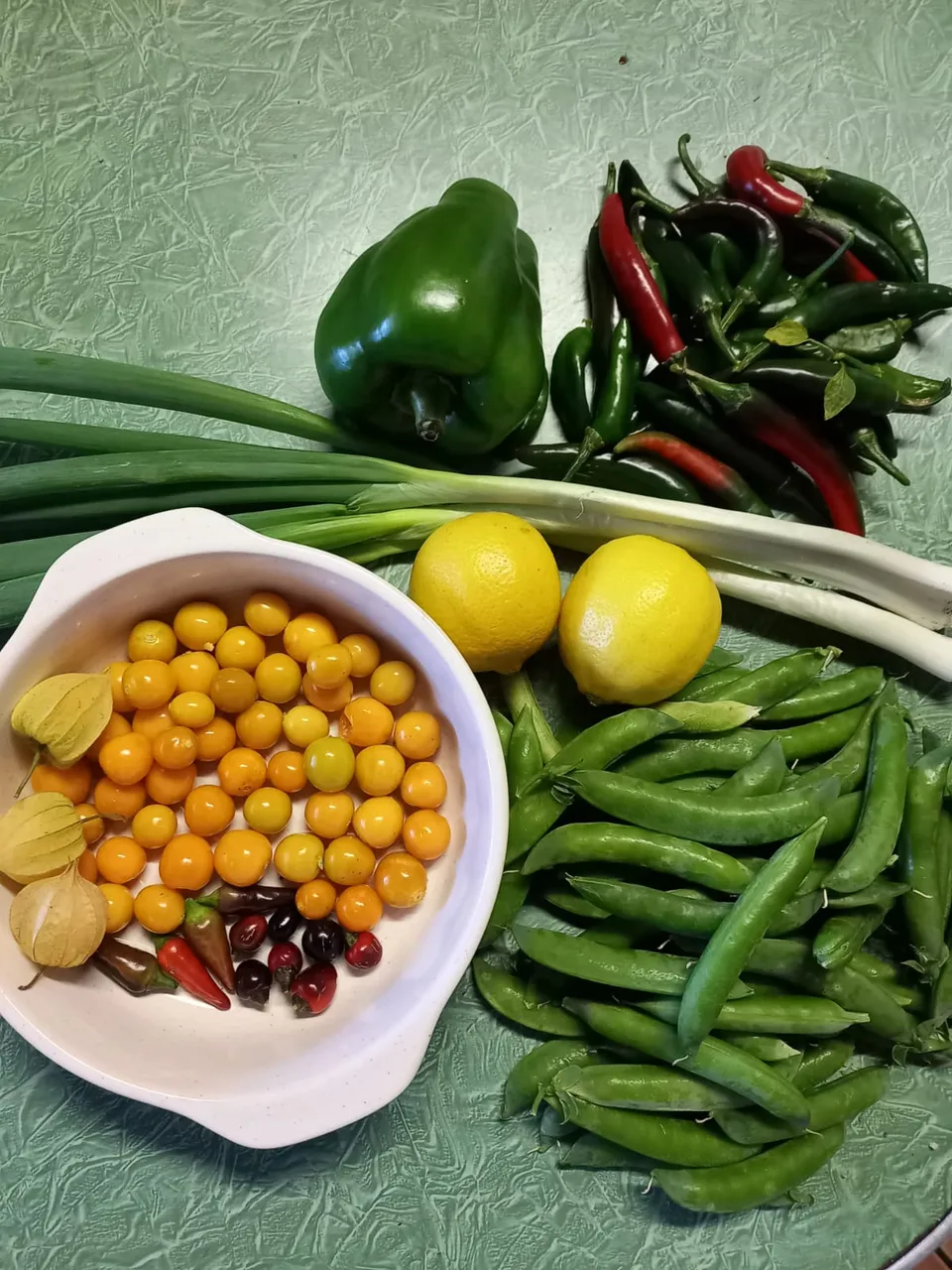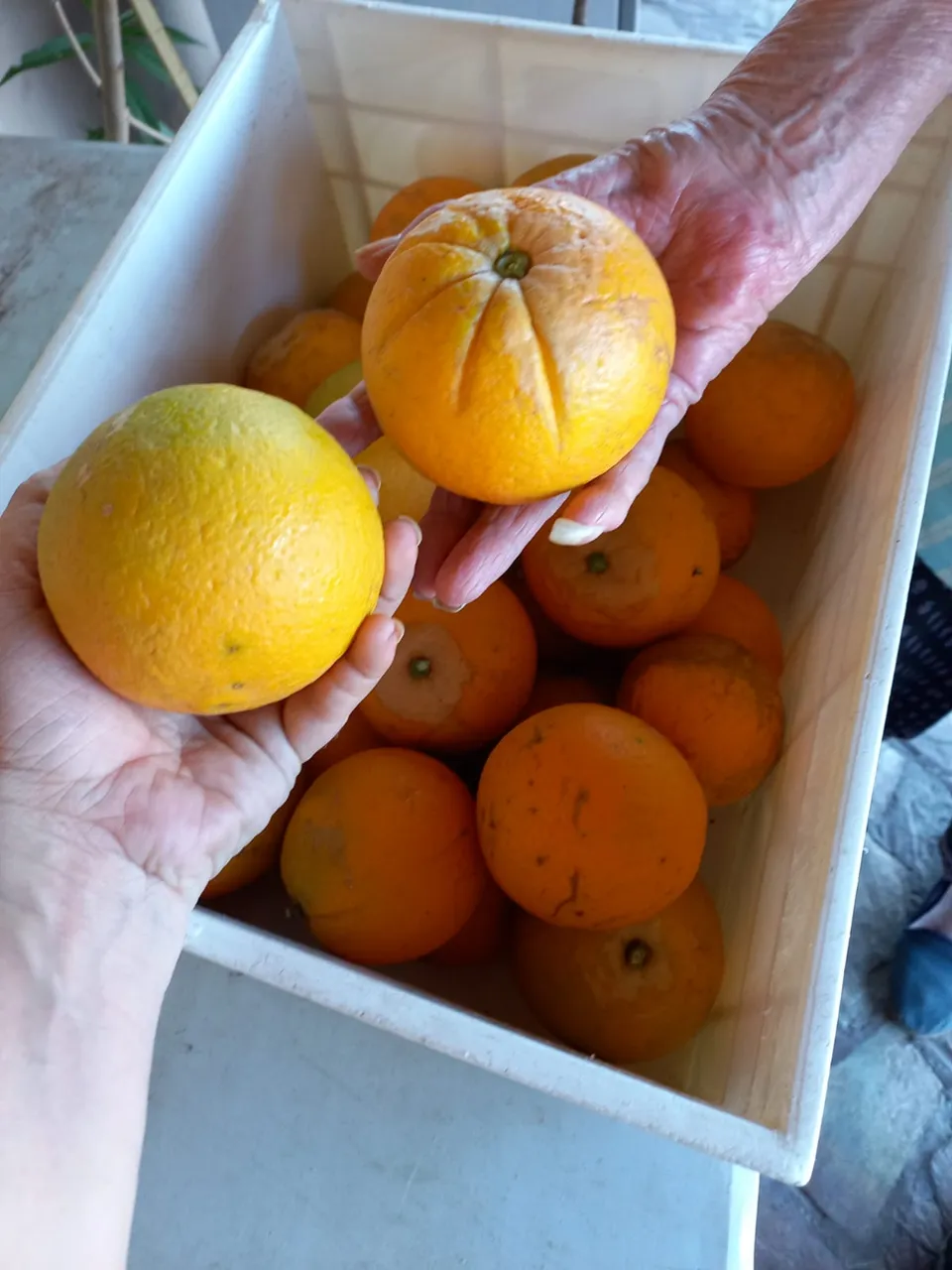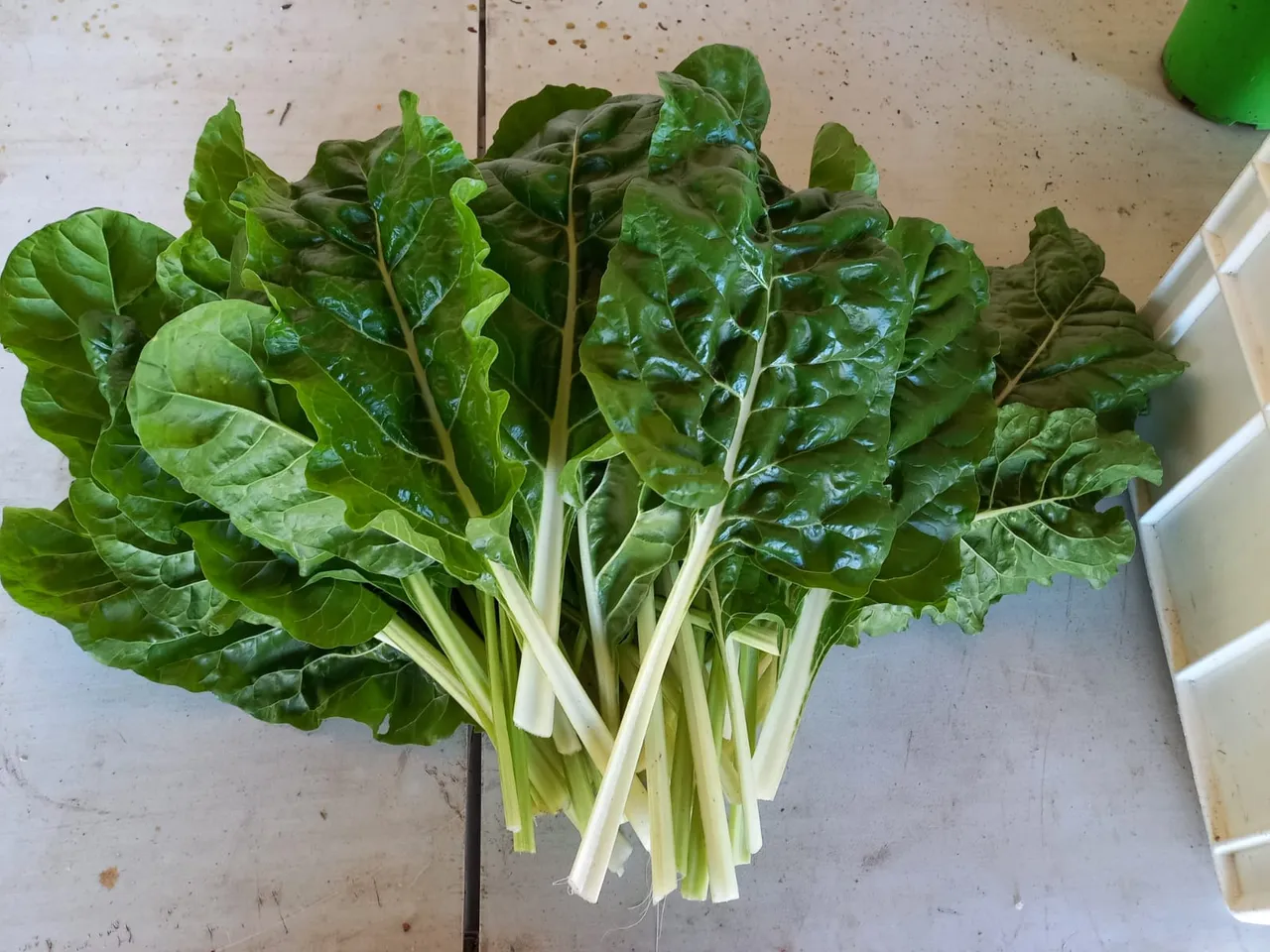Living a sustainable life revolves around a great deal of blood, sweat, and tears. It involves constant planning and preparation and a fair share of mental gymnastics to overcome any obstacles in your way.
Through all the losses and mishaps, a lot of hard work and endurance meant that the food production for the house carried on despite all the setbacks.
Here is a look at some of the successful produce that was harvested despite the dry farm conditions.
So although the commercial crops didn't work out as planned, the fruit and veg supply for the household was kept up. The fact that the household crops are on a much smaller scale than the commercial crops means that they use a lot less water, and the majority of the fruit trees are planted on dry land, meaning that they no longer require irrigation once they are established and maintain themselves solely on annual rainfall.

The pomegranate tree has really surprised me, this tree has shown immense resilience to the dry conditions as well as disease and pests, and although it dies back every year and looks like a bunch of dead sticks hopelessly anchored to the earth, it shoots right back into top form at the first sign of rain every year, and produces the most delicious fruit.
Pomegranates take many years before the tree reaches fruiting maturity, but the tolerance and production of this tree make it worth the wait. For those reasons, I have started propagating more pomegranate trees from cutting that I have taken from the mother plant.

Soft flesh vegetables are grown under a natural canopy that I established from granadilla (passion fruit) vines. This helps deter water evaporation from the soil while protecting the plants from the harsh African sun, which, even in the heart of winter, can be a threatening force for plants to deal with.
The Granadilla canopy was started about eight years ago, it provides a happy environment for plants to grow under while producing seasonal fruits twice a year. It takes minimal maintenance once established and has been one of the smarter effort investments I have implemented. This has helped us to maintain a growing environment for food despite the arid conditions.

Citrus trees have proven their worth as well despite standing on dry land, they have offered an abundance of fresh fruit year after year. The Citrus fruits that I currently have includes navel oranges, lemons, naartjie (tangerines), and grapefruit.
These trees provide a much-needed source of Vitamin C during the winter months, and excess fruit can be constructed into delicious treats that can be stored year-round, such as jams, preserves, marmalades, and cordials. Fresh juice can also be squeezed out and frozen for a few months.

Growing produce in self-built net houses has proven to be a great way to pull through. Although not as effective as the natural granadilla canopy, the net houses provide 40% shade over crops and protection from external elements such as monkeys who would otherwise devastate a crop. With micro irrigation installed, water consumption is kept at a minimum while reducing water evaporation but still allowing ample sunlight through for optimum growth.
One of the crops that I grew in the net houses this year was swiss chard, a nutritious iron-rich leafy vegetable that can be prepared in various ways for the dinner table.
I would love to hear from you regarding tried and tested methods of growing food during harsh conditions, so feel free to pop a comment below the post!